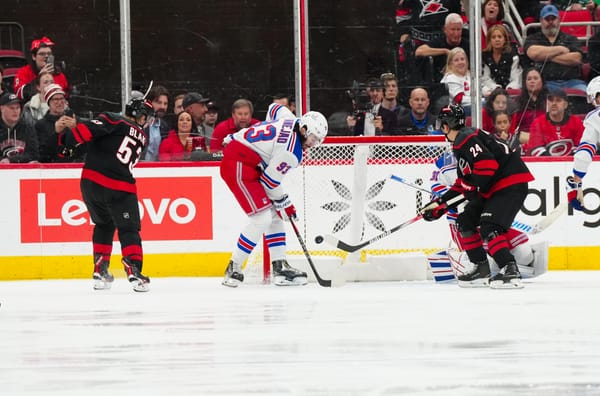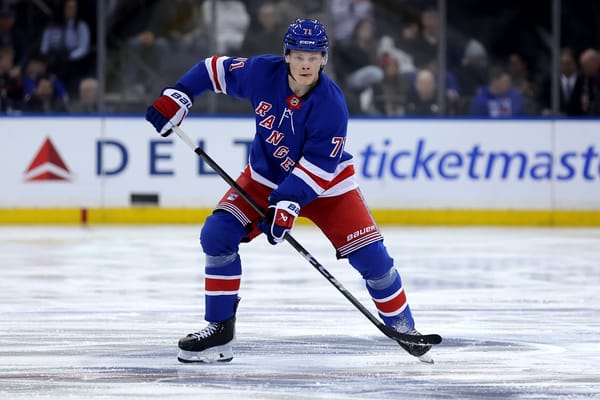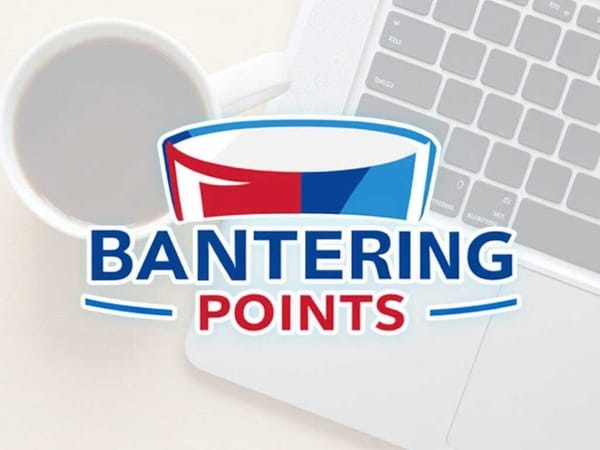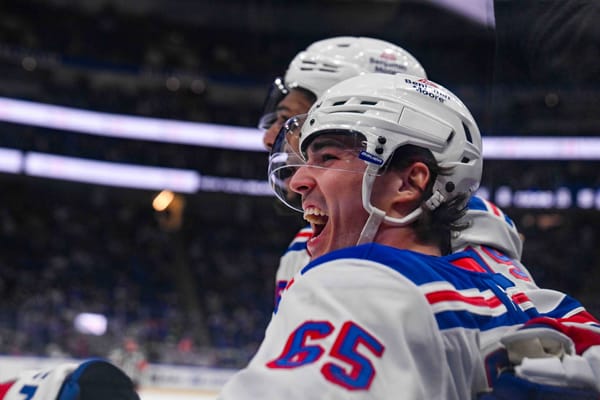What Really Is A Rebuild?
When the Rangers announced their intentions to reshape the franchise heading into last season’s trade deadline, they acknowledged that their previous core of players had run its course. The previous summer’s exit of Dan Girardi and Derek Stepan, followed by the trade deadline exodus of Rick Nash, Ryan McDonagh, and J.T. Miller (among other smaller pieces) confirmed that a new era of Rangers’ hockey was around the corner.
In spite the organization’s clear message throughout the early stages of the process, confusion has arose regarding what their intentions truly are. Is this a classic five year plan where the team expects to be very bad for very long and stockpiles future assets in the meantime? Or is it one that Jeff Gorton and company envision returning to relevance during the final years of Henrik Lundqvist’s contract and taking one final run with their franchise goaltender?
Part of this confusion stems from the gray area regarding what constitutes a “true” rebuild compared to a “re-tool”. Most people associate rebuilding with tearing down a team’s current core and hoarding picks and prospects while bottoming out in the standings. This stands in stark contrast to the typical idea of a “re-tool”, which is generally executed by leaving the main pieces of a core in place, but changing the supporting cast around the established core.
The most recent “tear it down” style rebuilds in the hockey world are the ongoing ones. The Buffalo Sabres, Arizona Coyotes, and Edmonton Oilers have all arguably been rebuilding since at least the conclusion of the lockout shortened season, with Edmonton’s rebuild predating Buffalo and Azriona’s. Since October 2013, those three teams have combined for two seasons of .500 hockey or better, one playoff appearance, nine bottom three finishes, and six bottom top three selections in the Entry Draft.
Even in spite of those years of misery, none of those teams appear much closer to contending than they were when they decided to tear down their old cores. Edmonton managed to waste Connor McDavid’s entry level contract and strip away what little talent he could’ve been surrounded with, so they seem destined to remain bad for the forseeable future.
Buffalo has finished dead last in the NHL three times in the last five seasons, and are still are yet to procure a franchise-altering talent from their years of laughably bad on-ice product. Jack Eichel is a good player, but nowhere near the caliber of skater worthy of an $80 million contract. Rasmus Dahlin could become the franchise pillar they’ve been looking for, but a generational defenseman is still less likely to turn their team around compared to a generational forward.
Arizona is in the best position of the three teams, and they’ve done so with only a single top three pick, one who has yet to make an impact in the NHL at that. Fleecing rival GM’s and landing proven talent in exchange for mystery boxes goes a long way towards competing, and the Coyotes have done that in recent years.
With all of that being said, it appears fair to associate “rebuilding” with being bad for years on end and hoping your team gets lucky enough to land a foundational player at the top of the entry draft. However, looking at rebuilds in that light gives off a more negative connotation than what rebuilds are actually about, and pigeonholing them in that manner does nothing but dissuade discussion about the core issues behind a rebuild.
Why do teams rebuild? For the majority of teams across the majority of sports, (MLB’s Florida/Miami Marlins are a notable exception here) a rebuild is initiated because the team doesn’t have enough elite talent to compete for a championship in the present, and likely won’t in the near future. The end goal of a rebuild is to acquire more high-end talent than you had prior to beginning the rebuild, and ultimately putting your team in a better position to win championships.
The Entry Draft is the most common way to land that talent, but the summer of 2018 could represent a paradigm shift in NHL free agency. John Tavares’ exodus from Brooklyn to the hockey mecca of Toronto represented the first time a foundational franchise piece has switched teams via free agency in the lockout era, and Tavares’ decision could set a precedent.
As of this writing, three universally acknowledged franchise pillars are set to go to market on July 1st, 2019. Tyler Seguin and the Dallas Stars will likely agree to a contract extension to keep the player in Texas, but smoke has surrounded Columbus’ Artemi Panarin and Ottawa’s Erik Karlsson throughout the offseason, and even prior to that in Karlsson’s case. The Rangers have been linked to Panarin directly, and have been on the periphery of the Karlsson rumors throughout the process.
In addition to those three, the number of “star” players that appear to be heading to free agency is higher than in years past. Ottawa’s Mark Stone, New York’s Jordan Eberle, Toronto’s Jake Gardiner, and New Canaan, CT native and Montreal Canadiens’ captain Max Pacioretty would headline almost any free agent class, but the surplus of talent above them relegates these players to a second tier.
Acquiring picks and prospects in the hopes of developing cost efficient talent is an essential part of any rebuild, but the Rangers have already done so over the last 14 months. The additions of Filip Chytil, Vitali Kravtsov, Nils Lundkvist, Yegor Rykov, and more have taken what was once a barren crop of prospects and brought it to well above league average.
With the team essentially waving the white flag on the 2018-19 season, Jeff Gorton will (for better or worse) have another opportunity to add to his collection of futures in deadline deals involving players like Ryan Spooner, Kevin Hayes, and Mats Zuccarello. With the current prospect pool plus whatever Gorton acquires leading up to and during the 2019 Entry Draft, the team’s rebuild can move to the next phase if things fall the right way.
To put it bluntly, rebuilding sucks. It usually involves a lot of losing, a lot of misplaced hope, and a lot of eventual disappointment when that hope meets reality. The Rangers are in a unique position where they don’t need to follow the “typical” rebuilding model. The end goal of a rebuild is to acquire top-end talent, and if the Rangers pull the right strings over the next 10 months, they’ll land that talent and be ready to compete in 2019.





